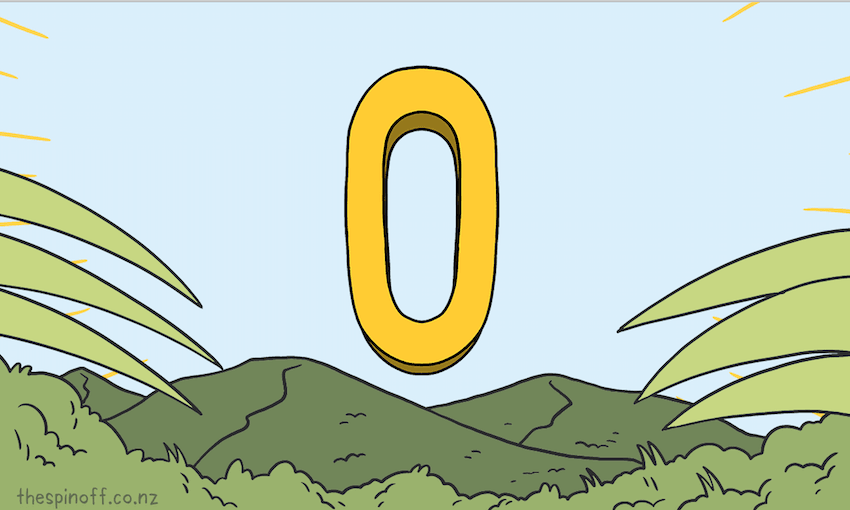It’s all about the lag. We’d be idiots to throw away what we’ve achieved.
The Spinoff’s coverage of the Covid-19 crisis is only possible because of the support of members. If you can, please consider joining Spinoff Members here (and score a Toby Morris tea-towel)
What a milestone: two days in a row with no new Covid-19 cases here in Aotearoa New Zealand. But along with the sense of accomplishment came more insistent calls for the country to move out of alert level three. Some mainstream commentators went so far as to argue that we should go directly to level one. But shifting now would be a very bad idea. Why? Because moving now could lead to a resurgence in cases.
To explain how, let’s revisit the lag.
Back when we moved to alert level four, Spinoff cartoonist Toby Morris and I explained the concept of the Covid-19 lag. The lag exists because it takes roughly two to 10 days for people who are exposed to the Covid-19 coronavirus to come down with symptoms. This is the disease’s incubation period. It means that the cases we see confirmed now in general reflect what happened as much as two weeks ago. The exception to this is people who have already recovered from Covid-19 but test positive because the test picks up bits of viral debris as well as viable infectious virus. To understand more about that see my pieces here and here.
The lag means that getting to no new cases is also a reflection of what happened about two weeks ago. Two weeks ago we were in alert level four. What this tells us is that alert level four was very effective. It brought us from an exponentially growing outbreak to two days in a row with zero new cases.
What we don’t yet know is how effective alert level three has been at keeping those numbers close to zero. There have been plenty of reports of breaking or bending of the alert level three rules. The question is, have these started off new chains of transmission? If they have, because of the lag, we may not know for another week or so. If they have and we move into level two now, in a few weeks time we’ll be in trouble. It is hard, yes. But we are too close to stuff this up now.
As I’ve explained before, in early March, Prof Sir Roy Anderson and his colleagues argued that it was really important that countries who were succeeding in stopping the spread of Covid-19 not become complacent and stop what they were doing too soon. Anderson is a professor of infectious disease epidemiology at Imperial College London and chief scientist at Britain’s Ministry of Defence. He and his colleagues made their argument in the prestigious medical journal the Lancet.
Fast forward a couple of months and we’ve seen what they described happen in various countries. It could be happening right now in Australia. The state of Victoria seemed to be doing really well but in the last few days have had an outbreak at a meat processing plant. As of yesterday, 45 people associated with the plant have tested positive for the virus.
So remember the lag and stick to the rules of alert level three. The last thing we want is to find ourselves in that position.

